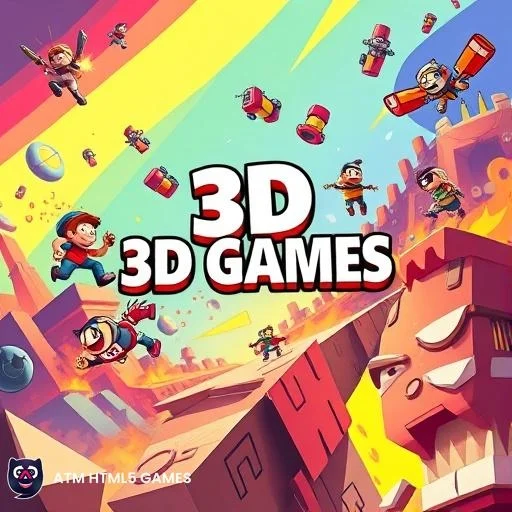3D games have revolutionized the gaming experience by providing immersive environments and realistic graphics. Unlike traditional 2D games, 3D games allow players to explore vast worlds with depth and dimension, enabling a more engaging interaction with the game.
The technology behind 3D games involves complex algorithms and rendering techniques. Developers use 3D modeling software to create character models, environments, and animations. The ability to rotate, zoom, and manipulate these elements enhances the realism. As a result, players can feel as if they are truly part of the game's universe.
One significant advantage of 3D games is the increased sense of presence. Players are not just observers; they become active participants in a lifelike environment. This interaction creates deeper emotional connections to the storyline and characters. Popular titles often incorporate intricate plots shaped by player choices, making each playthrough unique.
Moreover, advancements in virtual reality (VR) have taken 3D gaming to new heights. Players can wear VR headsets that provide a 360-degree view, allowing them to look around and interact with the world as if they were inside it. This level of immersion is unmatched by any previous gaming format.
In conclusion, 3D games have not only transformed the gaming landscape but also elevated storytelling and user engagement in the gaming industry. As technology continues to evolve, we can expect even more breathtaking developments in this exciting domain.







